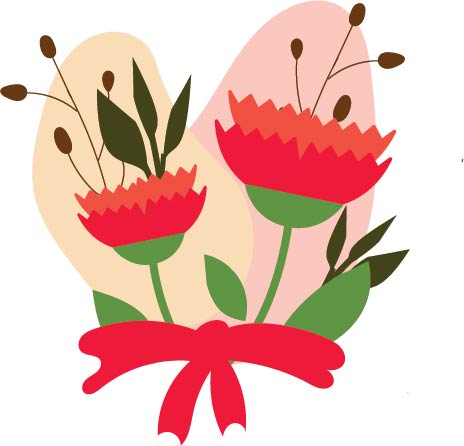The new Blender 2.8 Interface Explanation
www.linkedin.com/learning/blender-2-83-essential-training/the-new-blender-2-83-interface?u=2219954

blenders new interface takes advantage of a lot of modern graphics
technology and trends. But at first, it can be kind of overwhelming.
So in this video, let's take a look at all the things you can do in it.
===================================================================

These are your work places. And for the purpose of this video,
we're just going to goto general,
Don't worry, you can always hit Ctrl+N, So that you can switch your workplace to make a new workplace.
View Port - [영상 ] 삼차원 애니메이션에서, 위, 앞, 옆 등 다양한 각도에서 바라본 시점을 이르는 말.
In general, you can see any object in view port

you can move the view-port by using Shift + middle click :)
and you can chanage the view by using just middle click.
Press "G" for the purpose of moving the object.

To open your tools panel Press "T".

If you hit "N" key over here on the right you will see Item(transform panel) pops up.
btw what is the difference between Scale and dimension, it seems like same functions.
Does just it mean proportion and meters?


That are dependants on which tool you use.

and under-neath that is your view options which control the camera that you are currently looking through,
but not the scenes camera. The cools things about this though, is you can switch your focal length.
If you scroll up, it will go to get a really wide view.
If you scroll down, it will go to get a narrow view.
you can always reset your value by clicking the right button and go to "Reset to Default Value".

focal length.: The focal length of an optical system is a measure of how strongly the system converges or diverges light; it is the inverse of the system's optical power. A positive focal length indicates that a system converges light, while a negative focal length indicates that the system diverges light.
===========================================================================
Now above the view-port

are a whole a bunch of workplaces, you can click on them really quick.
each one activates a different kind of layout for your scene.
even more, you can create your own workspace which we will talk about a little bit later.

On the right is your outliner.

Your outliner is your list of all the objects in the scene.

above it, is a thing called view layer, and a Scene layer.
Now these are pretty deep topics, but overall your scene layer is everything in your scene.
Scene layer is a parent for view layer. view layer 는 Scene layer 에 종속된 관계 이다.
========================================================================
Next at the bottom, is your timeline, you can move your play- head by clicking space button.
later on, you can even set animation by hitting auto-key-frame


And finally, on the right is your Properties panel, you are going to spend a lot time here as well as
each and every object has its own kind of properties.

For example, when I clicked on this cube,
You can see all of this extra data appeared, but when I click the light some options disappear because
this light doesn't have as many options to manipulate.


and here you can control same things that you did at "Item, tool, view panel
'Blender_Study > Blender_general' 카테고리의 다른 글
| Inset Faces, and 블렌더의 변의 좌표 (0) | 2021.01.30 |
|---|---|
| 블렌더 2.8 - 기본 변경점들 (0) | 2021.01.02 |
| The 3D Cursor (0) | 2020.10.25 |
| how to make bowl with blender (0) | 2020.10.10 |
| Navigate the viewport (0) | 2020.10.07 |


